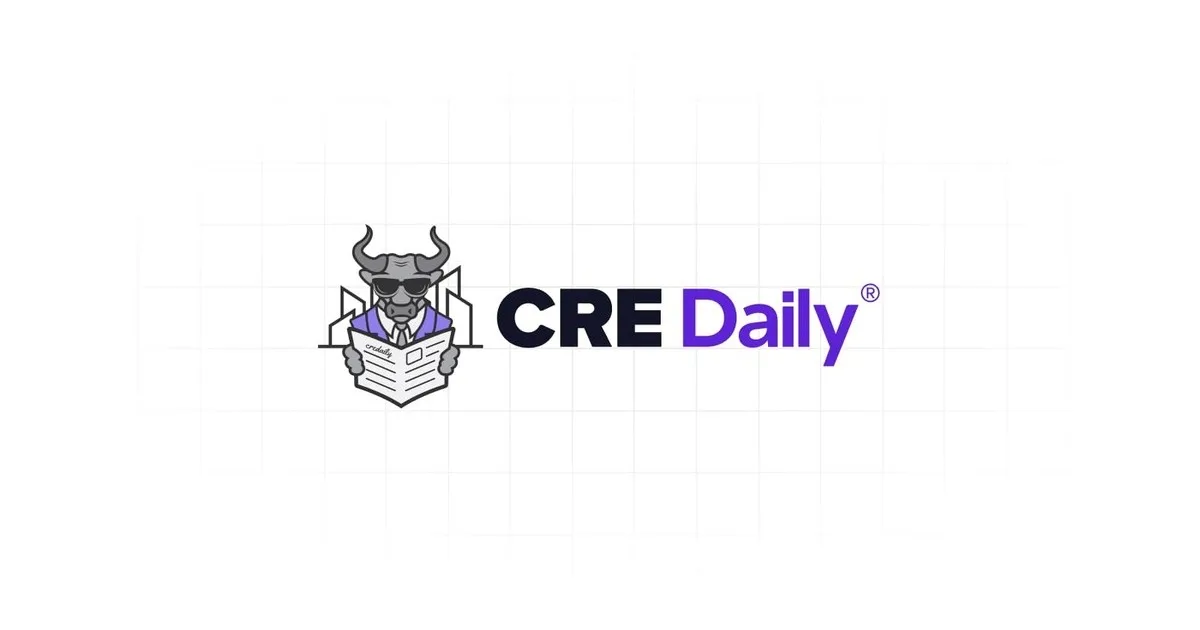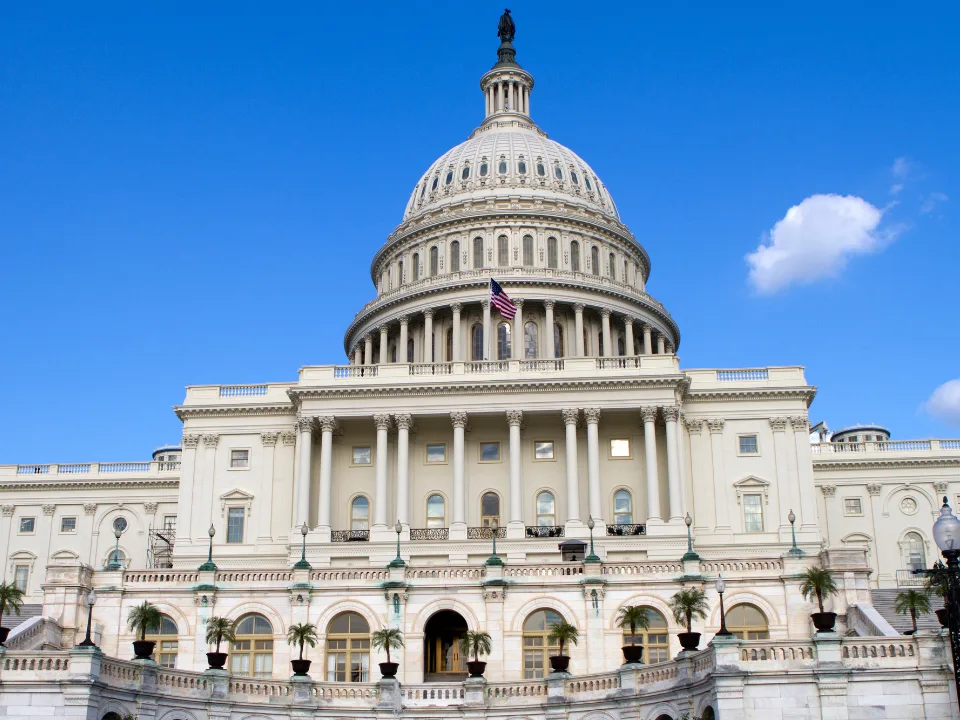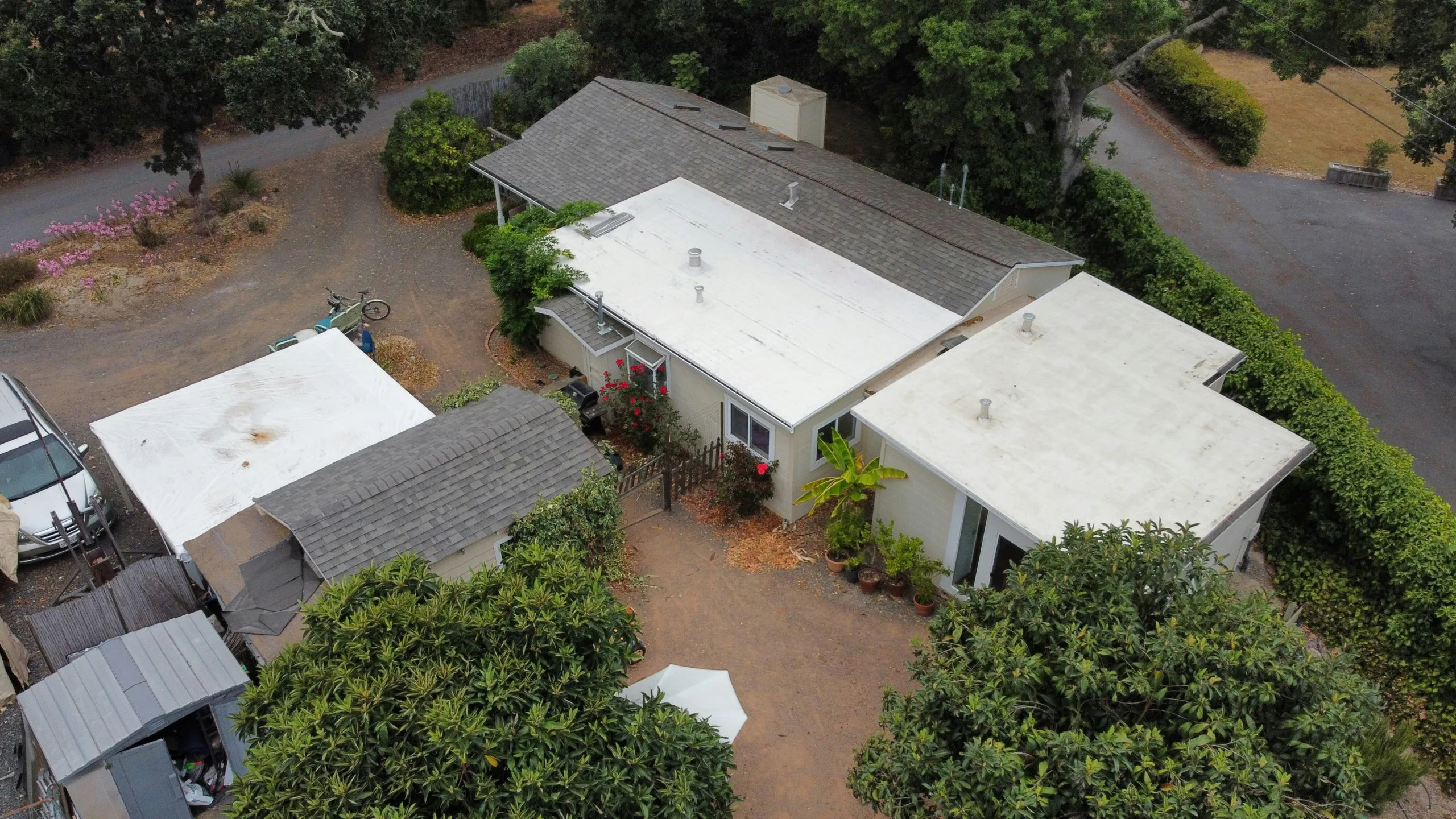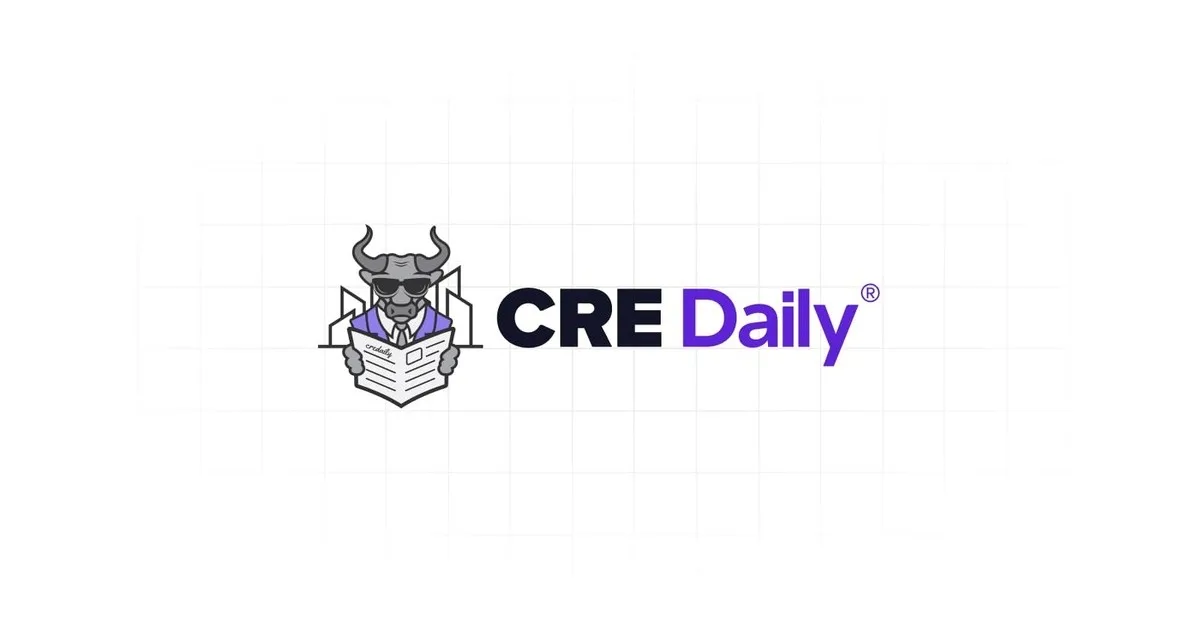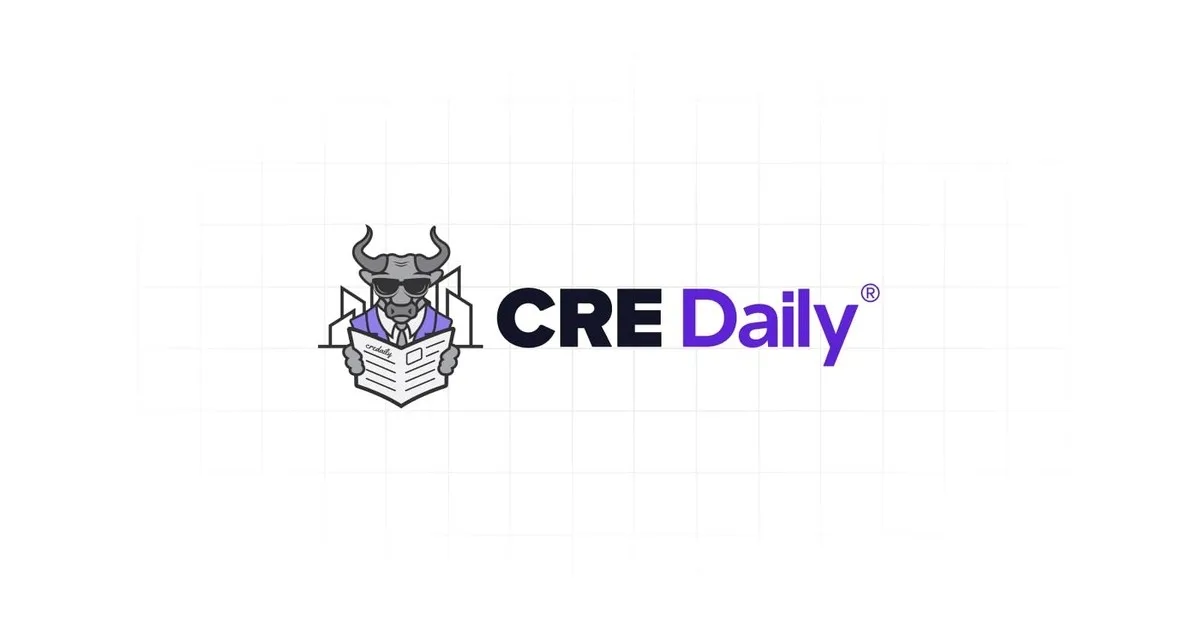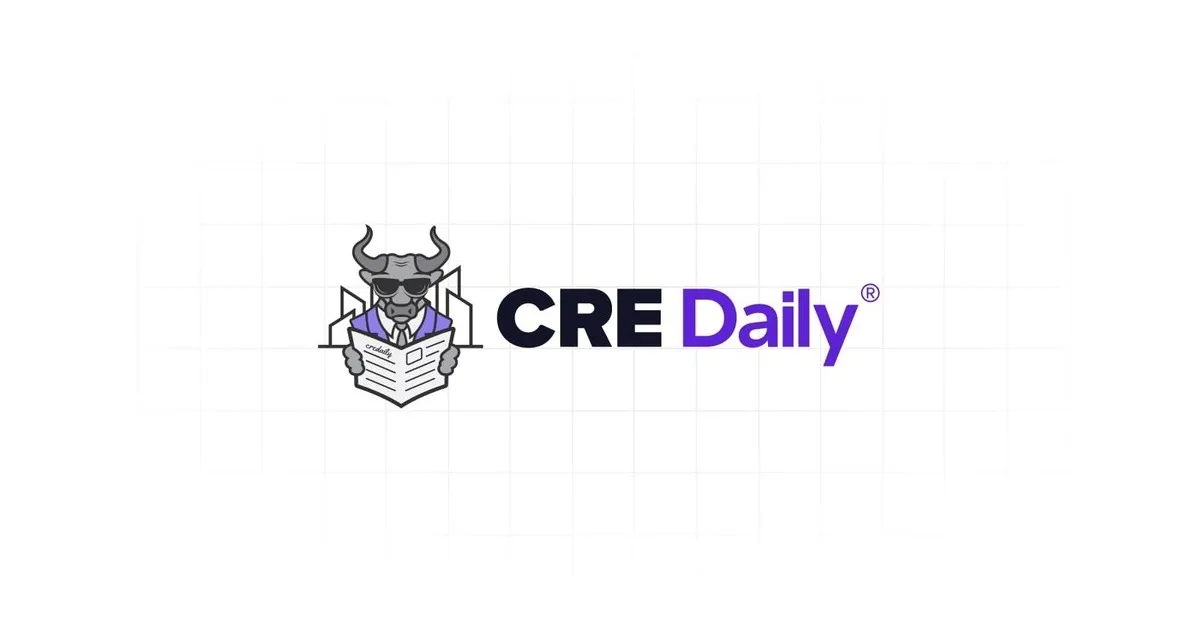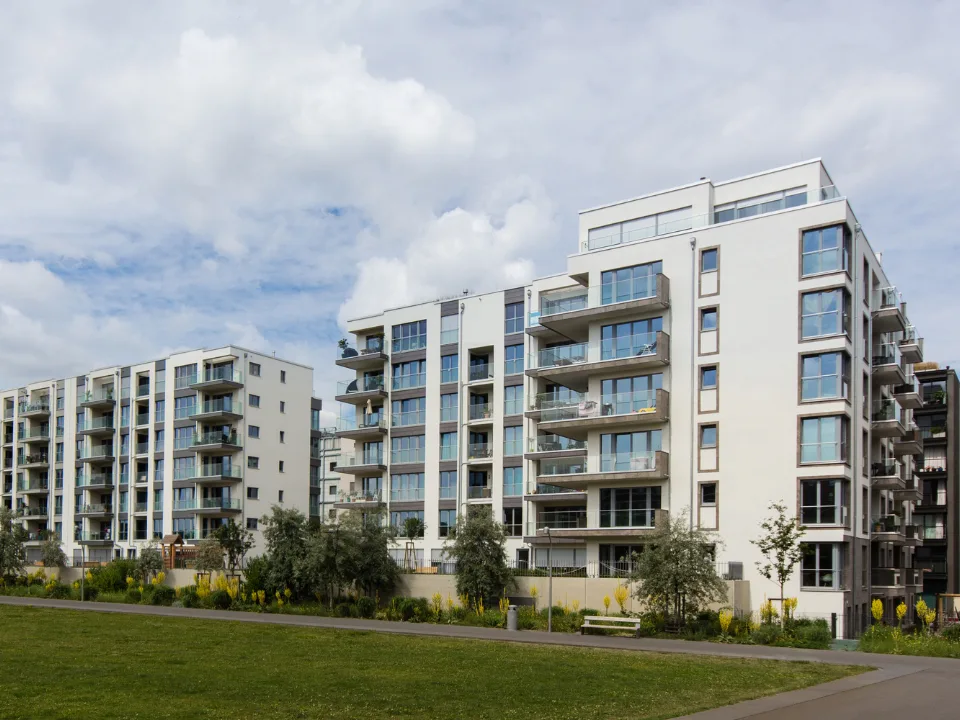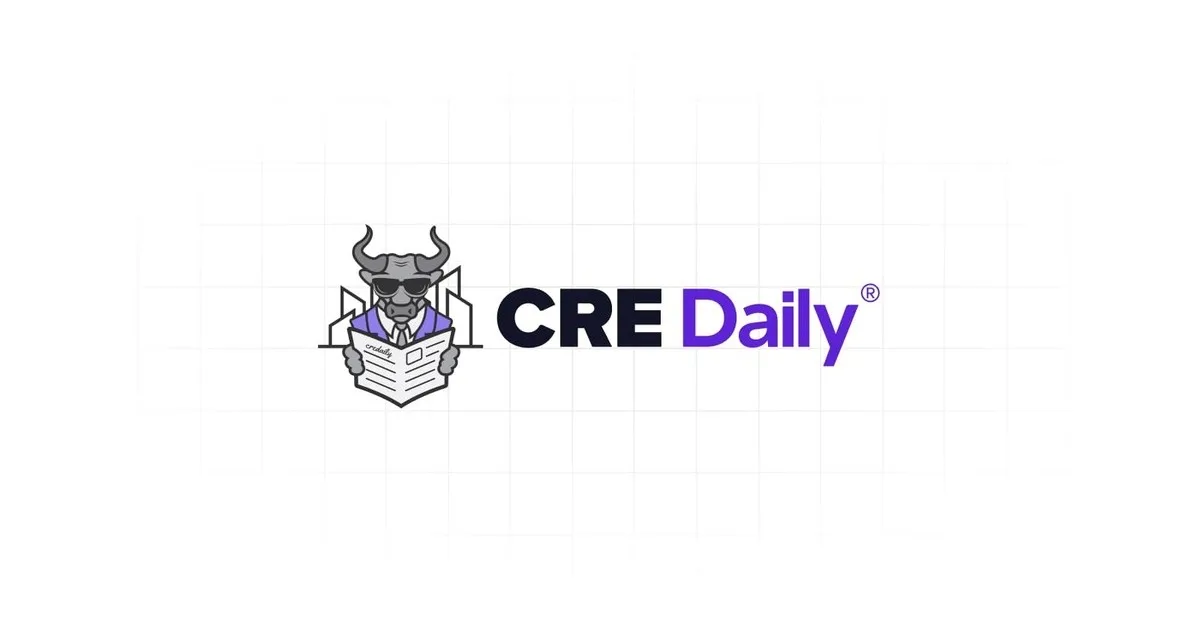- US home insurance premiums have increased 40.4% since 2019, with the average annual cost now at $2,801, according to LendingTree.
- Colorado, Nebraska, and Utah have seen the steepest six-year increases—up to 76.6%—as wildfires and severe weather intensify.
- States with the highest average premiums include Oklahoma ($6,133) and Nebraska ($5,912), while Hawaii remains the lowest at $632.
Rising Costs Driven by Disaster Risk
Since 2019, escalating natural disasters have pushed home insurance premiums higher across the US. According to LendingTree, rates have jumped 40.4% nationwide over the last six years. From 2019 through 2021, increases were modest. However, more recent years have seen sharper hikes. In 2023 and 2024 alone, premiums grew by more than 11% each year, per Pro Builder.
Steepest Hikes in High-Risk States
Some states have seen especially sharp increases. In Colorado, rates rose 76.6% between 2019 and 2024. Nebraska and Utah followed, with increases of 72.3% and 70.6% respectively. These hikes are largely due to more frequent wildfires and extreme weather events. In 2024, Montana and Nebraska saw the highest single-year spikes, both rising 22.1%.
Get Smarter about what matters in CRE
Stay ahead of trends in commercial real estate with CRE Daily – the free newsletter delivering everything you need to start your day in just 5-minutes
Where Premiums Are Highest
Although the national average is $2,801, some states pay far more. Oklahoma leads with an average annual premium of $6,133. Nebraska follows closely at $5,912. On the other hand, Hawaii offers the lowest rate in the country, with average premiums at just $632.
Climate Change Is Reshaping Insurance Markets
As wildfires, hurricanes, and floods become more common, insurers are responding. Many have raised prices, while others have exited high-risk markets altogether. This trend is creating a secondary affordability crisis for homeowners, especially in disaster-prone regions.
Looking Ahead
The home insurance burden is likely to keep growing. As climate events intensify, more areas will face higher premiums or reduced coverage options. For homeowners, this means planning for insurance costs is more important than ever.

